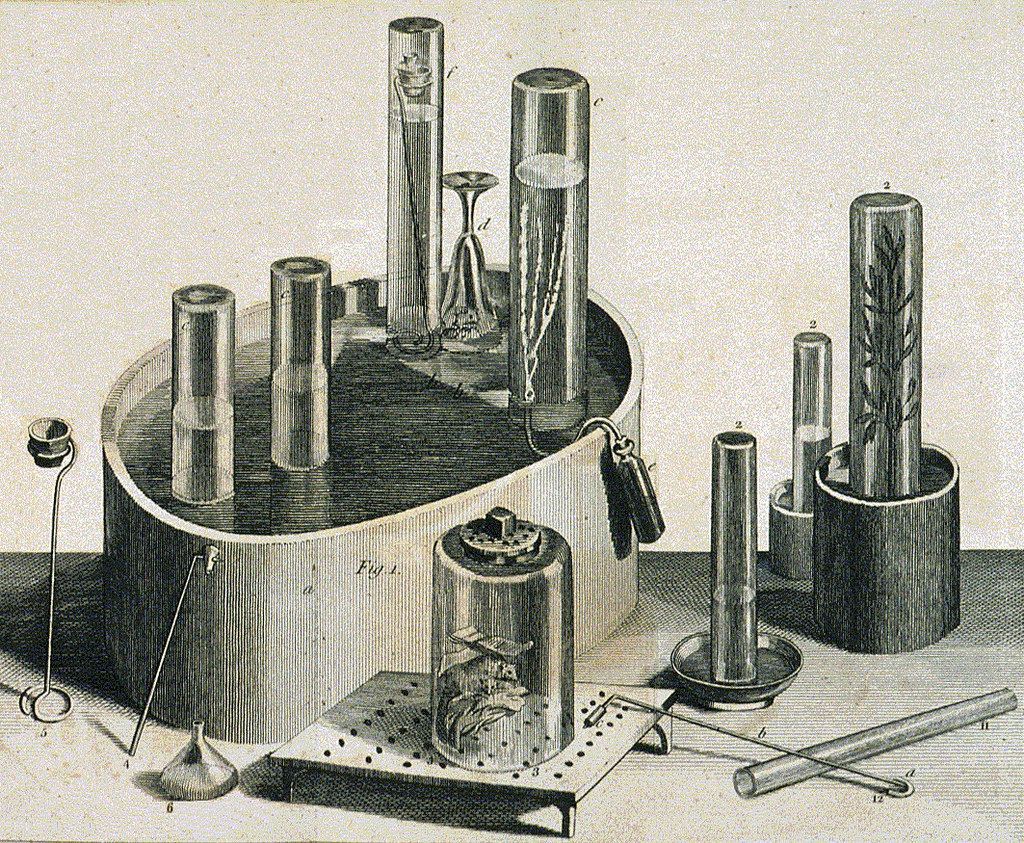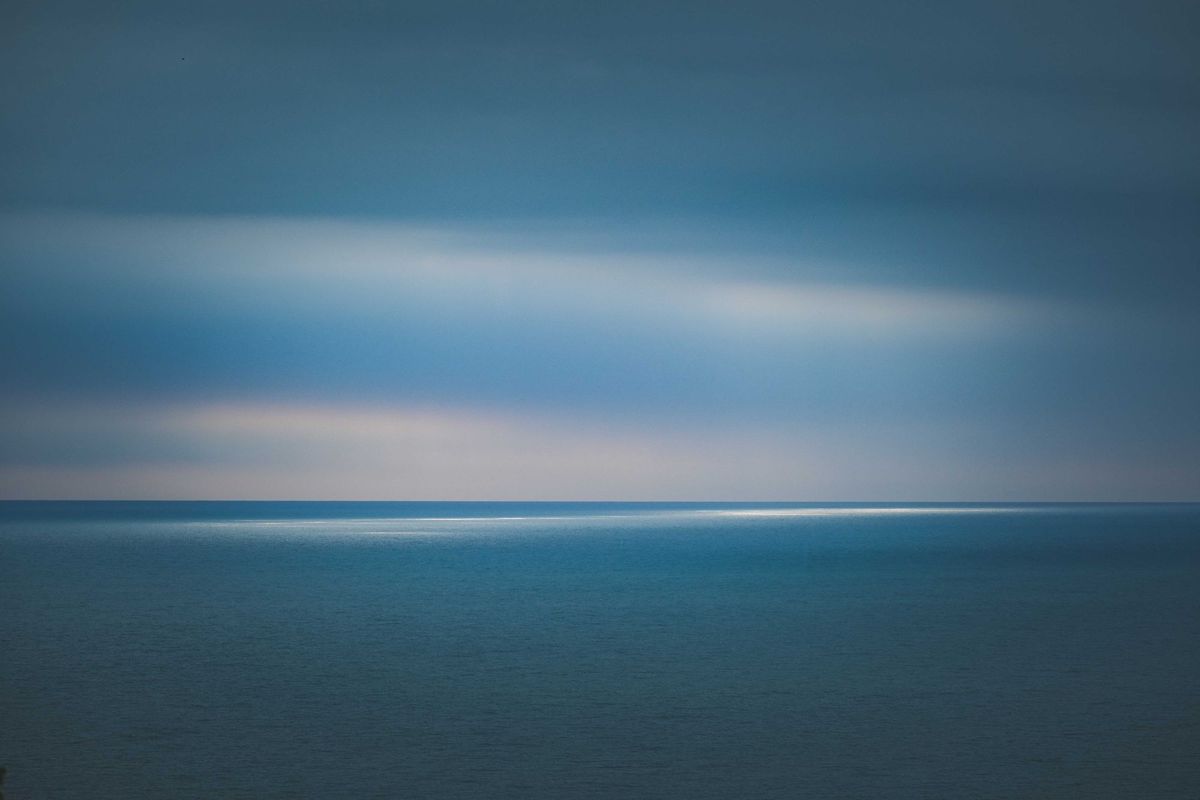Algae are rarely thought of as remarkable plants, when and if they’re thought of at all. Attitudes seemingly haven’t changed all that much since the eighteenth century; people were as blasé about algae then as they are now.
Given such an unremarkable status, it is surprising to find that a single species of algae managed to catalyze major eighteenth-century discoveries concerning photosynthesis and embryogenesis, especially in light of the fact that the naturalists responsible for these discoveries only stumbled upon this alga while looking for something else entirely. The species in question — a fine, light to dark green, filamentous aquatic plant, about a half inch in length, that clumps together by the thousands into decumbent, interwoven mats that look like wet felt — was often (but not always) identified at the time as Conferva fontinalis. (It’s now identified as Vaucheria fontinalis, a species of yellow-green algae.)
By following it through the scientific literature of the eighteenth century, we find quite the complicated little being, a species that came to be recognized by the century’s end as beautiful, curious and, without a doubt, an alga worth the trouble of getting to know.

Details
The passage above is an excerpt from my essay, "Visions of Algae in Eighteenth-Century Botany," which the wonderful Public Domain Review first published in August 2016.








